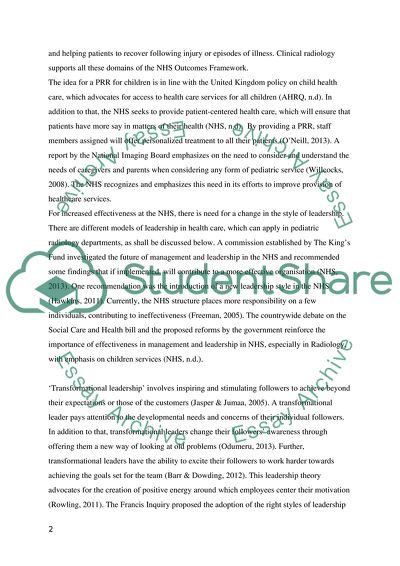Cite this document
(Radiology Service Improvement Term Paper Example | Topics and Well Written Essays - 1250 words, n.d.)
Radiology Service Improvement Term Paper Example | Topics and Well Written Essays - 1250 words. Retrieved from https://studentshare.org/health-sciences-medicine/1838891-radiology-service-improvement
Radiology Service Improvement Term Paper Example | Topics and Well Written Essays - 1250 words. Retrieved from https://studentshare.org/health-sciences-medicine/1838891-radiology-service-improvement
(Radiology Service Improvement Term Paper Example | Topics and Well Written Essays - 1250 Words)
Radiology Service Improvement Term Paper Example | Topics and Well Written Essays - 1250 Words. https://studentshare.org/health-sciences-medicine/1838891-radiology-service-improvement.
Radiology Service Improvement Term Paper Example | Topics and Well Written Essays - 1250 Words. https://studentshare.org/health-sciences-medicine/1838891-radiology-service-improvement.
“Radiology Service Improvement Term Paper Example | Topics and Well Written Essays - 1250 Words”, n.d. https://studentshare.org/health-sciences-medicine/1838891-radiology-service-improvement.


